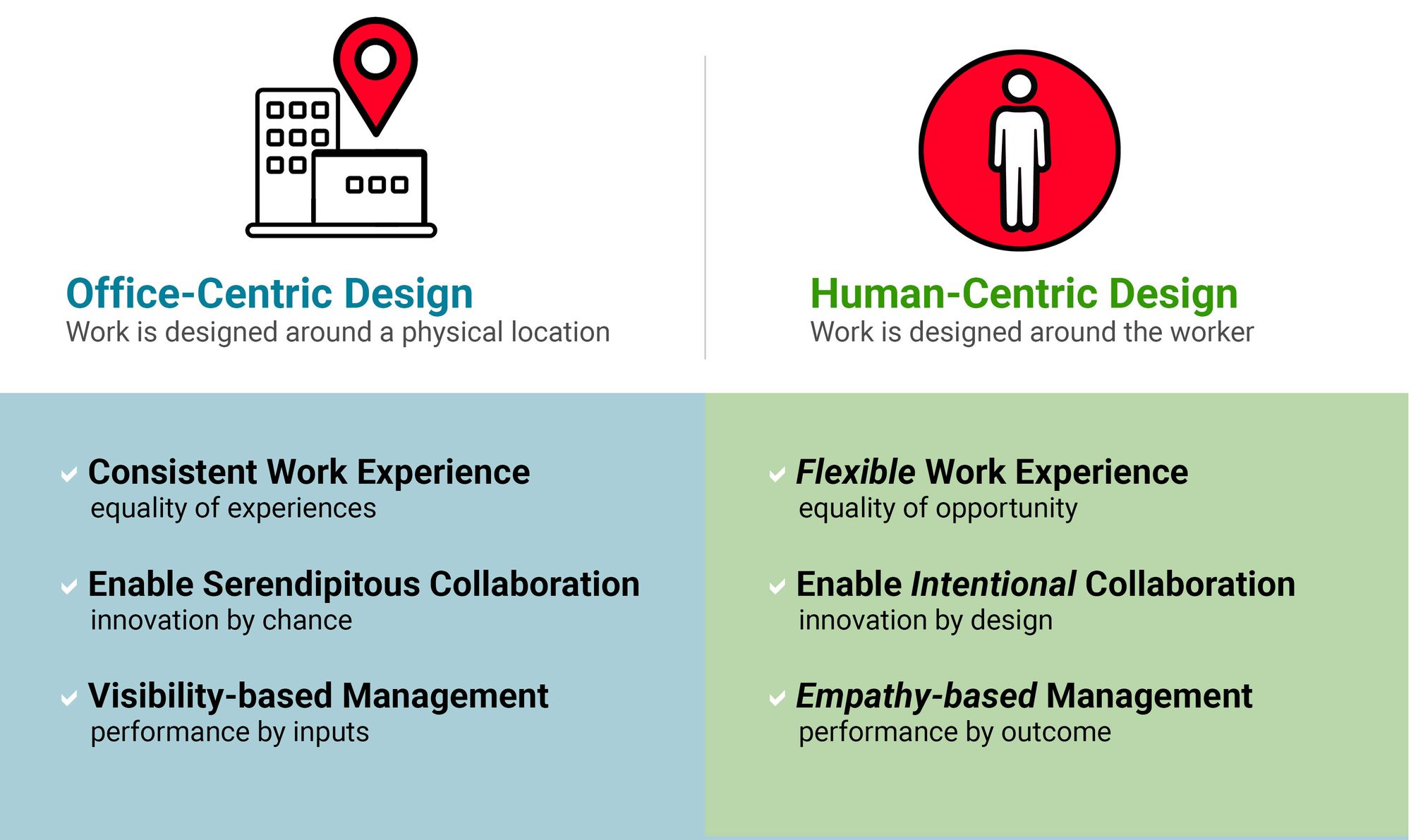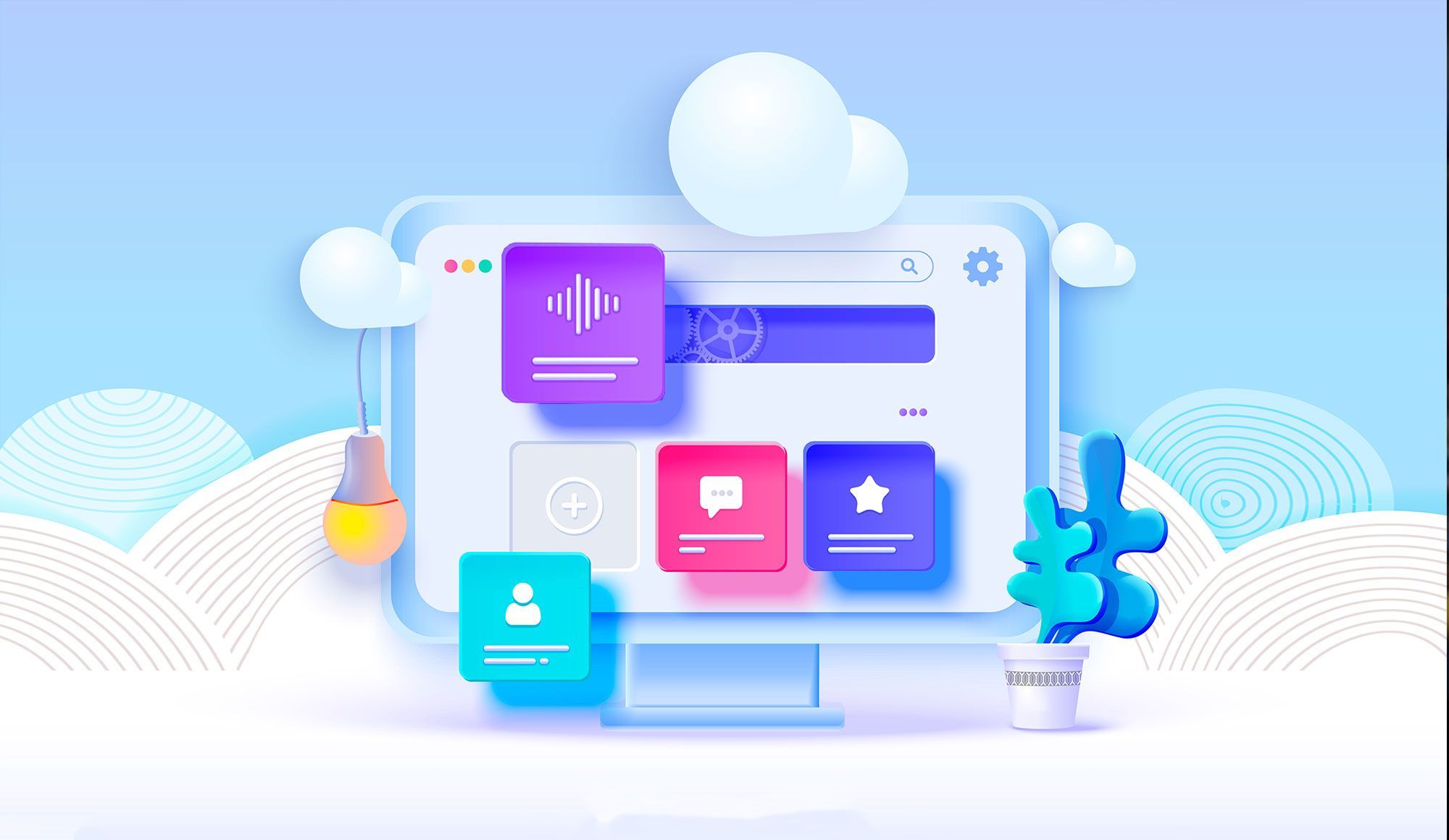The pandemic has acted as a super accelerator of digital transformation. Steve Hasker, the President & CEO of Thomson Reuters Corp said: “I think we have seen three to four years of progress in just three to four months, in terms of acceptance of what the new world needs to look like.” According to multiple surveys, this is a sentiment shared by a large majority of business leaders.
An October 2020 McKinsey Survey confirms the incredible speed at which change happened.

This acceleration of digital transformation translates into new needs and a new environment for UX. Whatever the state of the art in UX was less than a year ago it’s been rendered obsolete by the rapid evolution of the new normal. Let’s consider the user experience in 2022.
The UX of Remote Work
The above-mentioned survey identified Remote Work as the most accelerated pandemic-driven digital transformation. This was a lightning-fast and profound change that obliterated long-standing cultural and technological barriers in the way we work - and now that Pandora is out of the box there is no going back. Especially for highly-educated knowledge workers, the nature of work has changed forever. A shift of as much as 20% of the workforce to more flexible hybrid work arrangements will have far-reaching social, economic, and infrastructure impacts.
A Gartner report: Redesigning Work for a Hybrid Future characterizes the change as one from an office-centric model to a human-centric model:

Although the changes have been historic, by necessity, there was little or no strategic planning, usability studies, or testing in this pandemic-induced digital transformation blitzkrieg. Now is the time to step back and evaluate the best way forward. The hybrid office needs software platforms optimized to fully enable intentional collaboration, instant access to information, easy and secure inputs, and the flexibility of working across multiple touchpoints and locations - all tailored to individual businesses/verticals. For that software to be successful, it will need a great UX that provides users with a frictionless, intuitive, and delightful User eXperience.
So this brings us to top UX trend #1:
UX for business is moving from architecting an experience for a single website or app to architecting virtual workplaces. Meta-environments that span and connect multiple applications, devices, and interfaces. In such an environment human-centric design provides a powerful model for UX designers. To understand how to architect a virtual workplace one needs a holistic understanding of the culture, processes, and human interactions in the physical workspace. This will create journey maps that are more complex than the task-oriented maps required for most apps and websites. Rather than a UX built around guiding a user to a specific outcome (a sale, a click, a conversion), a Human-centric UX is built around architecting a virtual world that empowers the persona to determine outcomes. Results like increased productivity, lower costs, better employee retention, and employee satisfaction are a byproduct of empowered personas.
The UX of Data
In the first phases of the digital revolution data was a by-product of value creation. Mountains of data piled up as a result of the digital transformation of business processes and transactions. Then along came AI and machine learning tools that could process that data and produce actionable intelligence. As a result of the advent of this machine intelligence, data, rather than being a by-product of value creation, has become the starting point of value creation. Businesses that are in the vanguard of harnessing their data in this way have become disrupters in their industries. Business success and survival now depend on the ability to systematically obtain and process data to create value

This will have a profound effect on the process of UX design. Traditionally, the best source of information about a user’s needs wants and preferences were the user themselves. UX designers create User personas by surveying individual users. Google and Facebook have developed a much more accurate way to profile users and predict and manipulate user behavior. They process the tsunami of data each user produces while using their services in order to know the user better than the user knows themselves.
“As I grow older, I pay less attention to what men say. I just watch what they do.” - Andrew Carnegie
Google and Facebook develop user personas that have a far deeper understanding of the user by tracking behavior than you could ever get by surveying the user. The user is a passive subject in this new world of data-derived UX.
This is top UX trend #2:
A UX driven by massive amounts of data collected about the user rather than input from the user. The source of this UX design is not the user but the user’s tracked behaviors. It focuses on the collective data about classes of users as a guide to UX architecture rather than individual user personas.
You could say that this trend is almost the diametric opposite of trend #1. While the goal of trend #1 is to empower the user, the goal of trend #2 is to guide user behavior in ways the user themselves are not aware of. Pretty much the opposite of empowering the user. Why the difference? Probably because the user in trend #1 is a creator and the user in trend #2 is a consumer. It’s in the interests of businesses to empower creators and to control as much as is possible consumer behavior.
The UX of Content
Since the advent of the written word in human civilization, the page has been the pillar of content design. This page-centric model has been continued in the digital age by traditional CMS (content management systems) like WordPress, Drupal, and Joomla, Unstructured content, front-end, publishing engine, and backend are all tightly integrated into a rigid monolithic model. In response to the rise of mobile computing, the page layout was made dynamic. Responsive designs could rearrange the layout according to screen size and aspect ratio. But everything still lived on a page. The page-centric content model worked beautifully for a millennium, from the time of scribes all the way to Web 2.0, but as with so many things, the rapid advance of technology is now making this model obsolete.
With the advent of Web 3.0 and the IoT, there has been an explosion of different touchpoints, UIs, and connected devices. Apple’s Siri, Amazon Echo, Google Home, smartwatches, chatbots, IoT appliances in the home and in industry, VR, and AR environments. Ubiquitous connectivity, AI, and new technology have pushed content far outside the page. Structured content, together with front-end agnostic headless CMSs are the enabling technologies for turning content into tagged data that can be consumed by any front end or machine. A big part of most projects for UX designers is how users navigate, access, search for and interact with content. This new content model opens up new possibilities for the user experience.

This is top UX trend #3:
A UX architecture for a multi-channel, multi-touchpoint digital universe where content, like data, is front-end agnostic. UX designers need to take into account all the ways users might access, transact and interact with content. Web sites, mobile apps, smart home audio-based devices, chatbots, VR, and AR environments. As in the case of the virtual office, it is a meta-universe potentially spanning multiple UIs and devices. Structured content makes for infinite possibilities as to how content can be distributed, accessed and how it can support the user experience.
The UX of Machines
In today’s Internet of Everything, machines are collecting, curating, and processing data. Machines are producing actionable intelligence that will transform users’ experience. Machines are interacting with users in the form of chatbots, apps, smart home devices, and technologies like Siri, Google Assistant, and Microsoft Cortana. Machines are consuming and even creating structured content. AI is diagnosing disease more accurately on MRIs and CT scans, aiding in drug design, improving language translation, and providing customer service.
When I mention intelligent machines I’m not talking about ‘general intelligence’ or sentient machines. That is a topic for another day. The algorithms I am refering to have been trained to perform in specific domains, often far better than humans can. It is a narrow and limited form of intelligence, but still capable of producing spectacular results, sometimes in ways that the machine’s creators did not anticipate. It is likely that the future will be a human/machine collaborative effort in those fields where machines don’t replace humans.
Intelligent machines are already part of the user experience in multiple use cases and their presence and importance will scale exponentially going forward. That being the case they are part of the environment that UX designers must deal with.
This is top UX trend #4:
A UX architecture for a collaborative Human / Machine digital universe. How can the AI that is present in the user environment be employed to improve the user experience? What will human-machine interactions look like in the user journey. What ‘face’ and form of interaction should the machine present to users at various stages in the user journey and phases of the (human) users evolution in its relationship with the environment. Will we be soon mapping out user journeys and creating personas for machines?
Conclusion
These are long-term trends that are still in the early stages of development. Many of these trends will overlap in most use cases. It’s certainly not too early for UX designers to begin to consider the impact of these trends on their work, see how they can employ them to improve current UX, and lay a foundation for the future.
